This post is for the nerds!
In the following I’m gonna tell you something about photography by night. As the title is telling you, it’s about stars and the moon. Both can look great on photos but you can’t do it by taking snapshots.
Star photography
They’re looking fabulous, those shiny pictures of a starry sky. Perfectly including shooting stars and a beautifully illuminated foreground. Most won’t tell you how much preparation, work (and some tricks) there is necessary. Well, you could know it. And of course, you mustn’t forget the right equipment.
We tried it the first time this year, and, of course, we were taken in by some beginners’ mistakes. But we managed to take some really great photos, though. With our tips your chances on good pictures will be higher!
Darkness as main requirement
Basic requirement is a cloudless and preferably moonless night sky. Light pollution should be as low as possible. This was perfect in Gréoux-les-Bains in the Provence.
And what about shooting stars?
In theory you can always see shooting stars. But you need to be very lucky except from beginning to mid of August, when the Perseids are falling. In the best night we drove from Frankfurt to the Taunus mountains. There was still some light pollution from the city but it was OK! I could eternalise four shooting stars on pictures.
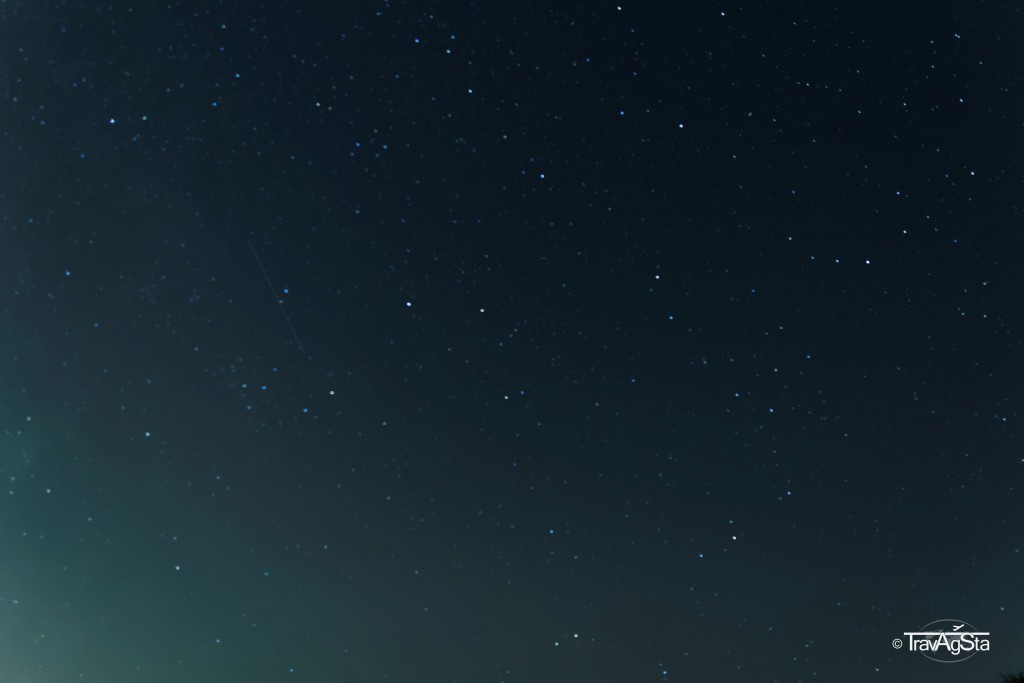
When you found the right location in the right night great photos can be taken with the appropriate equipment and the right settings.
Before telling you details, let me give you one advice: Most perfect photos with a bright foreground are composed of several photos. That’s OK, but it should be mentioned. The following is composed of an exposure bracketing.
Technical details – what are the best settings for my camera?
Best choice is a DSLR or a good digital camera in manual mode. A wide-angle lens is good for capturing most of the sky. Roughly 30 seconds of exposure time let the stars appear as points. The longer the exposure time the more they appear as lines. This can be a nice effect, as well.
Maximum aperture (good lenses are worth their money here) and ISO 1600 are necessary or it won’t be bright enough. Of course, a good tripod is important and a remote-control or automatic release helps.
I would use RAW mode because you can set your white balance manually. The automatic won’t work in the dark sky. What you change here, show the following pictures:
Finding the right focal point is challenging: You have to focus manually, as autofocus will fail. But finding it manually is also difficult as everything is just black.
You need the infinite focus which is different at every lens. There are some tips: Take some photos and control it afterwards, preset it in day light and don’t change it or try it step by step and watch it on your display.
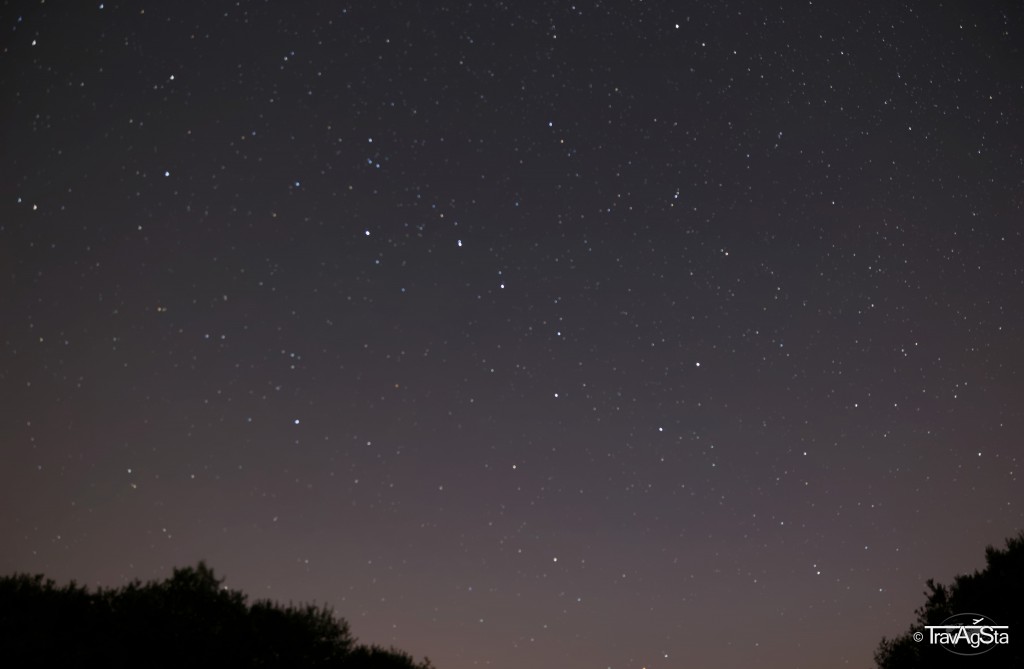
Moon photography
Many details are similar to star photography, but at the same time you have to consider some specialties, if you want to capture the (full) moon.
As for the stars you need a good tripod and the focal problem is the same.
White balance works better, but RAW mode is still recommended.
But in contrast to a starry sky you need a telephoto lens with a focal lenth as high as possible. The ISO value can be low and in my case half a second of exposure time was enough with apertuer F32 (due to higher depth of focus, can also be lower, of course).
By the way, these two images were taken near Costa Rei on Sardinia.
Enjoy your photos!
Considering everything you can hopefully enjoy your brilliant pictures. Try it, it’s really fun!

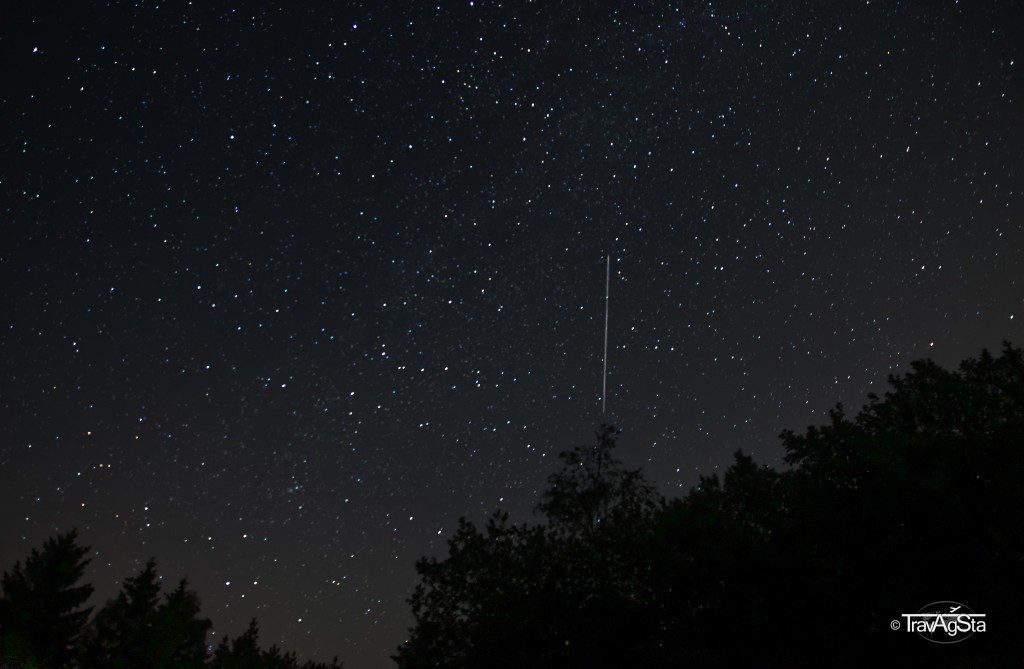
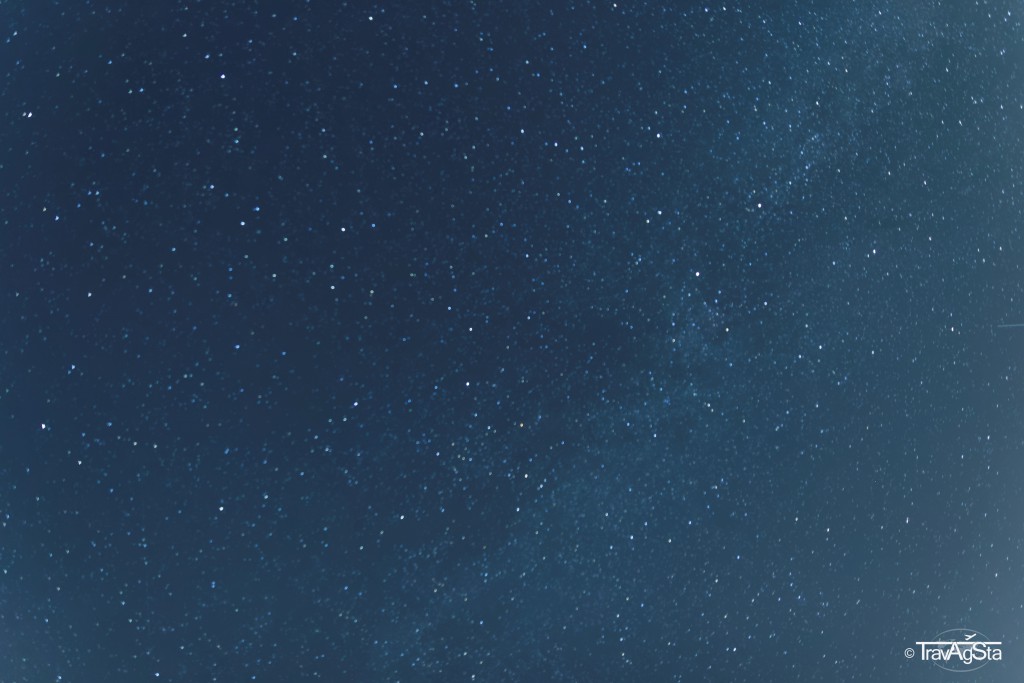
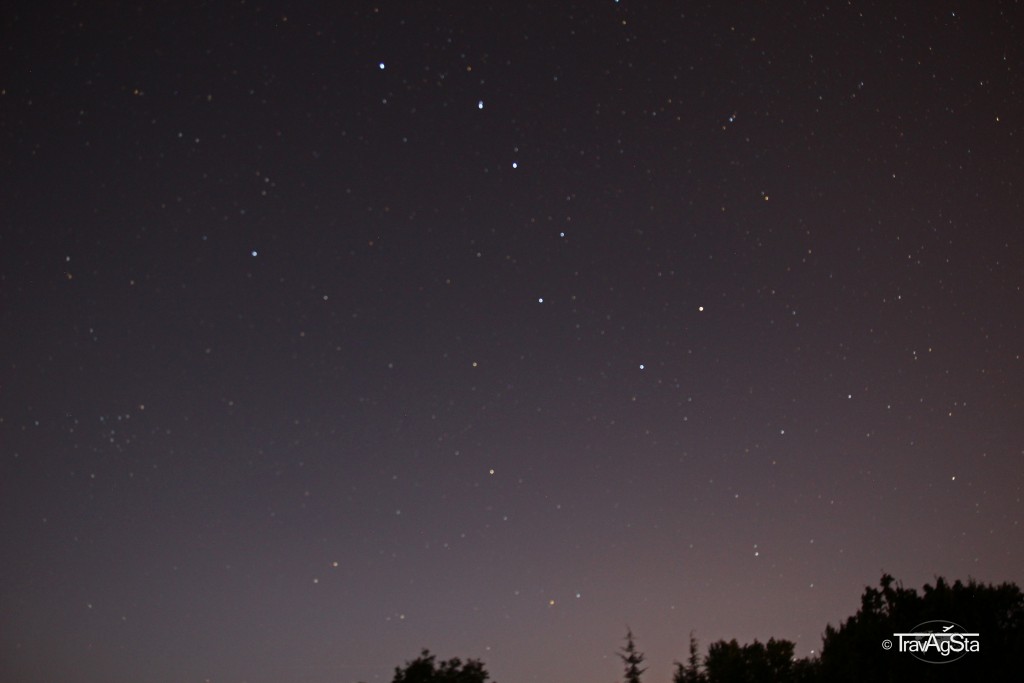
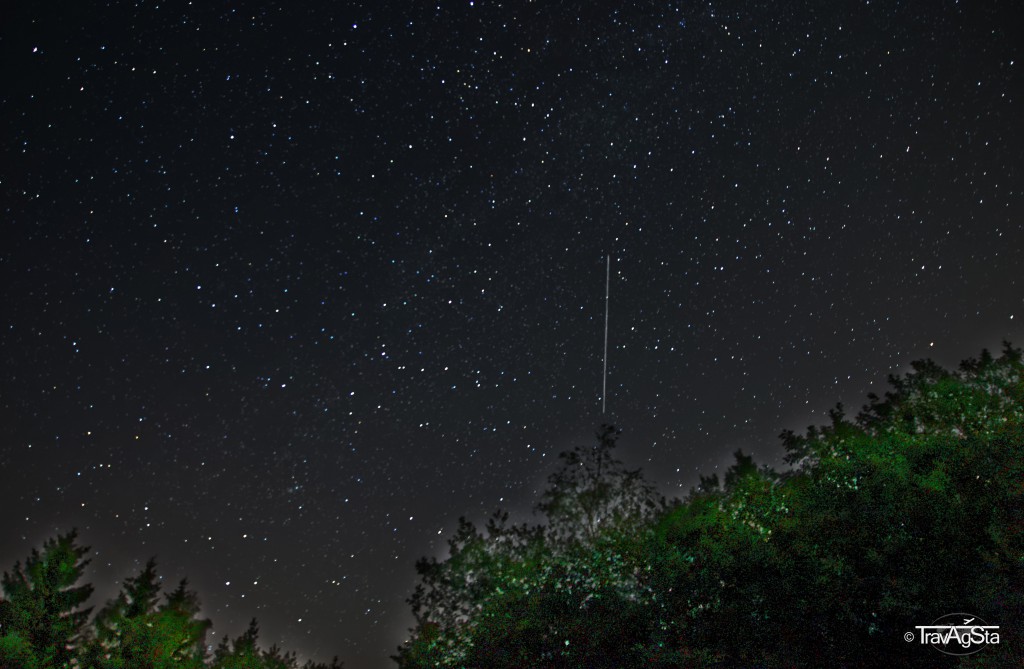
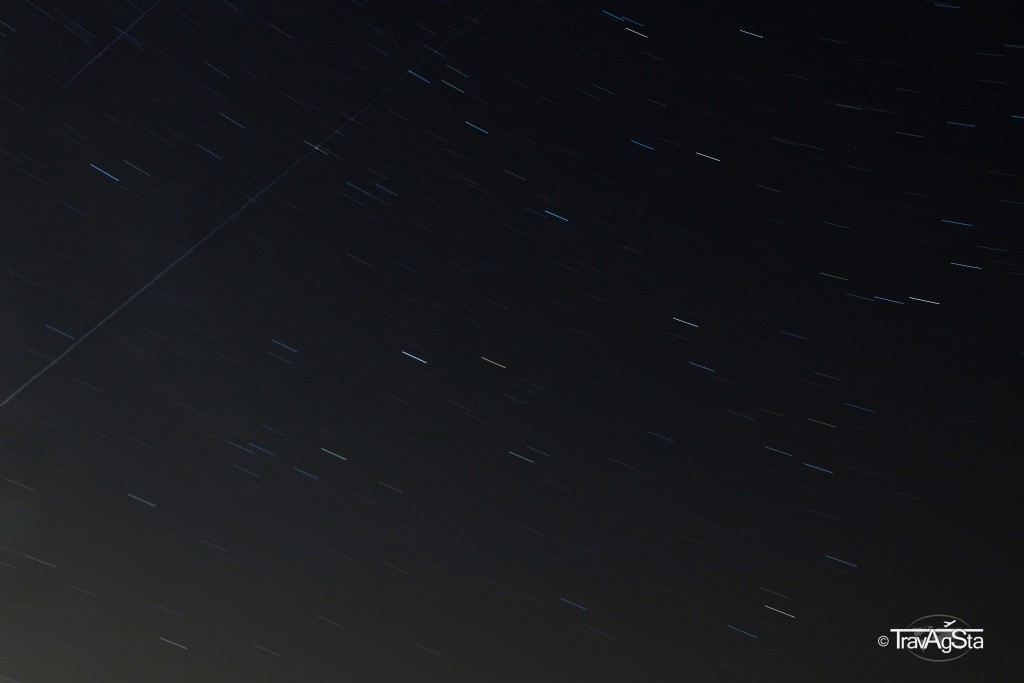
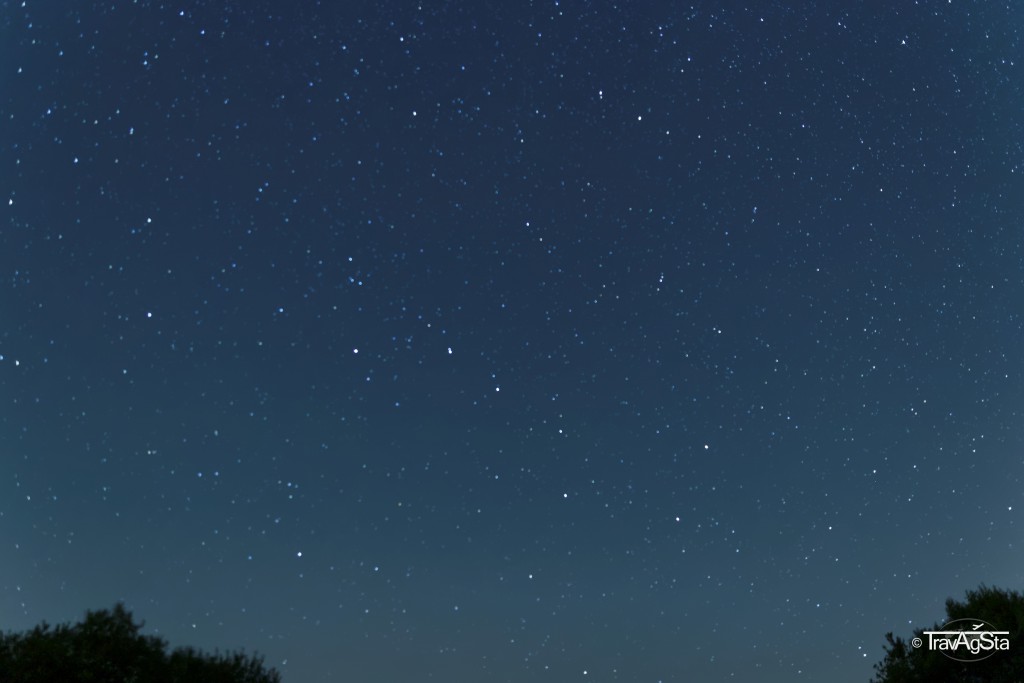
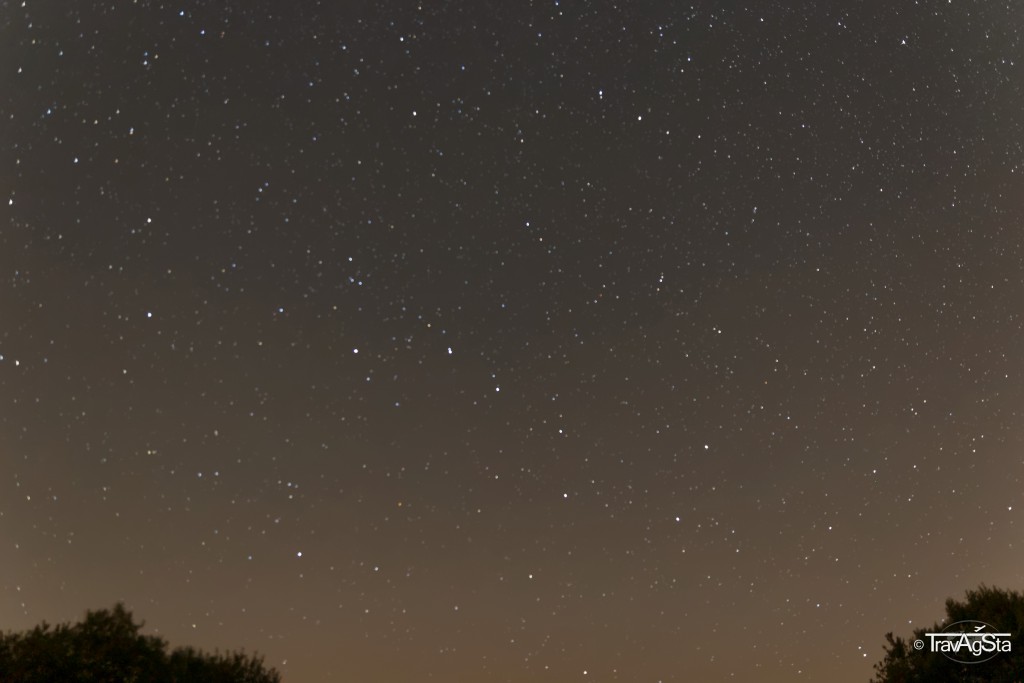
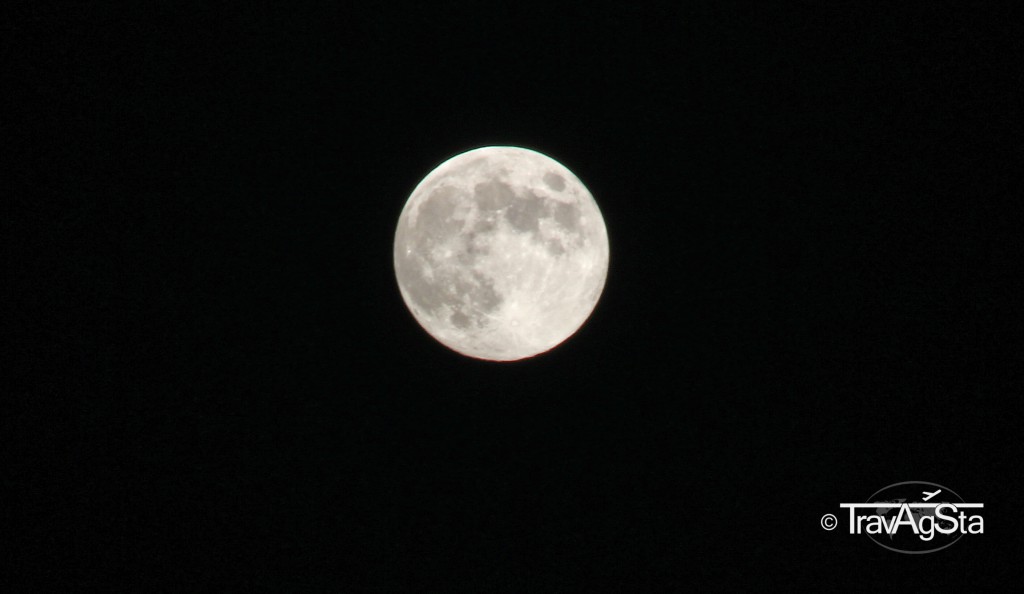
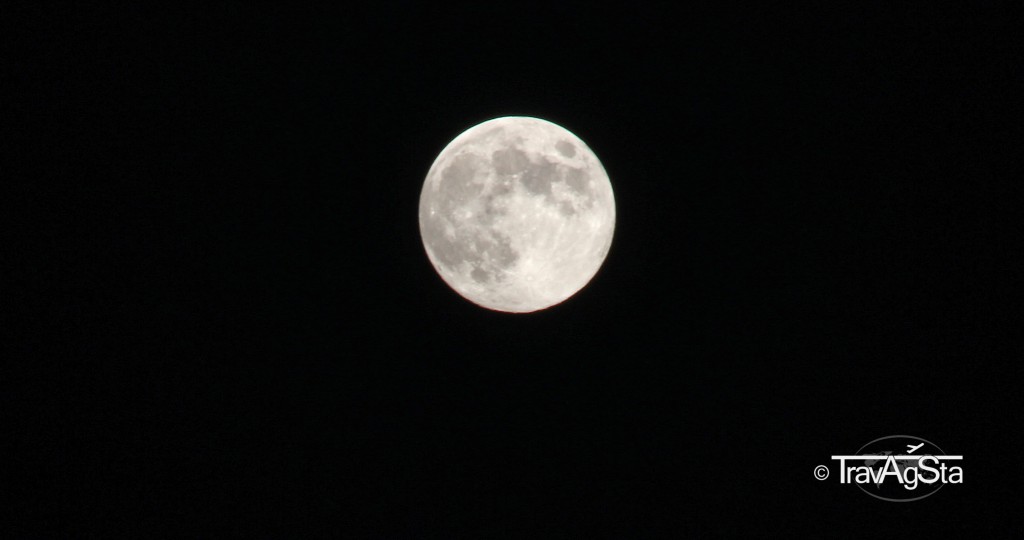
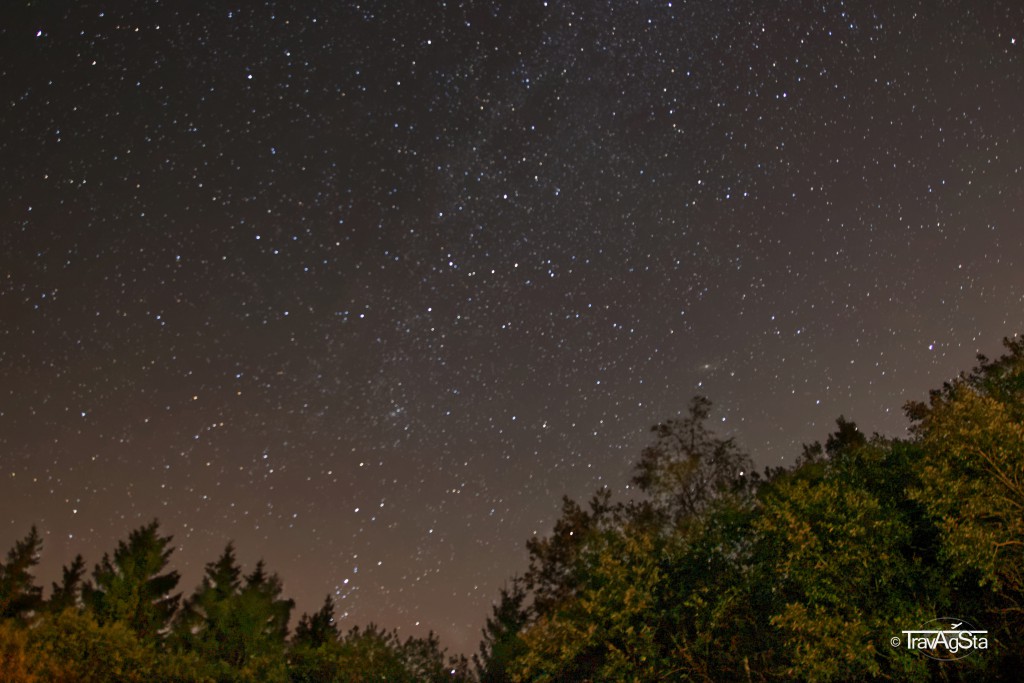

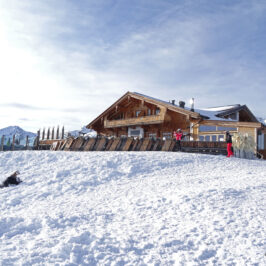
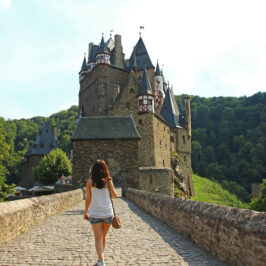

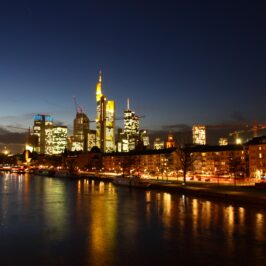

Leave a Reply